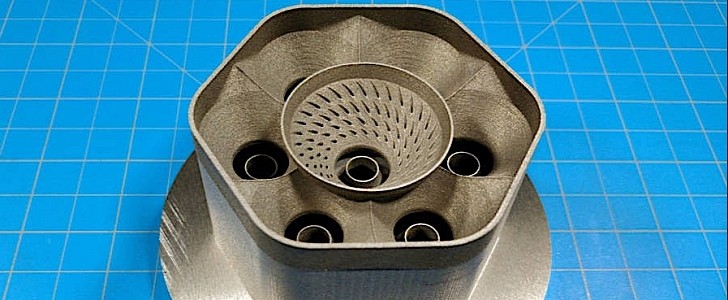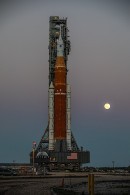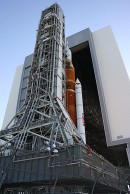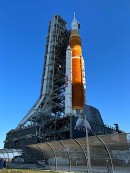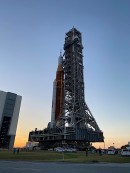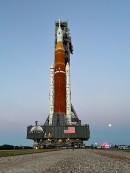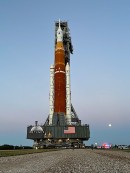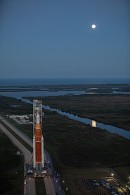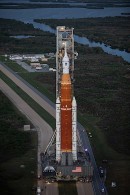It’s not every day one comes across a piece of news claiming a new material has been discovered or created. This is why as soon as something called NASA Alloy GRX-810 reached us, we were immediately intrigued.
At the forefront of space exploration for decades, NASA does not limit itself at building rockets and training astronauts to fly them. The organization is also heavily involved in research in several fields, including new materials.
This week, the guys from the Glenn Research Center announced the creation of the said Alloy GRX-810. That would be an oxide dispersion strengthened (ODS) alloy meant to be used to make components and parts used in aviation and space exploration.
The metal, at least at first glance, is super strong. We’re told it is capable of withstanding temperatures of over 2,000 degrees Fahrenheit (1,093 Celsius), and, compared with other state-of-the-art materials, it is twice more likely to resist fracturing, three and a half times more flexible, and can survive 1,000 times longer under stress at high temperatures.
The material was created using a 3D printing, a process that could also make it very cost effective from a production standpoint.
The benefits of using Alloy GRX-810 go beyond its characteristics. Combined, the thing’s traits will allow, when used in a jet engine, for instance, to achieve lower fuel burn and lower operating temperatures, hence lower maintenance costs.
“This breakthrough is revolutionary for materials development. New types of stronger and more lightweight materials play a key role as NASA aims to change the future of flight,” said in a statement Dale Hopkins, deputy project manager of NASA’s Transformational Tools and Technologies project, the program that gave birth to the alloy.
At the time of writing, the space agency is tight-lipped when it comes to when and for what we’re likely to see Alloy GRX-810 used first.
This week, the guys from the Glenn Research Center announced the creation of the said Alloy GRX-810. That would be an oxide dispersion strengthened (ODS) alloy meant to be used to make components and parts used in aviation and space exploration.
The metal, at least at first glance, is super strong. We’re told it is capable of withstanding temperatures of over 2,000 degrees Fahrenheit (1,093 Celsius), and, compared with other state-of-the-art materials, it is twice more likely to resist fracturing, three and a half times more flexible, and can survive 1,000 times longer under stress at high temperatures.
The material was created using a 3D printing, a process that could also make it very cost effective from a production standpoint.
The benefits of using Alloy GRX-810 go beyond its characteristics. Combined, the thing’s traits will allow, when used in a jet engine, for instance, to achieve lower fuel burn and lower operating temperatures, hence lower maintenance costs.
“This breakthrough is revolutionary for materials development. New types of stronger and more lightweight materials play a key role as NASA aims to change the future of flight,” said in a statement Dale Hopkins, deputy project manager of NASA’s Transformational Tools and Technologies project, the program that gave birth to the alloy.
At the time of writing, the space agency is tight-lipped when it comes to when and for what we’re likely to see Alloy GRX-810 used first.
